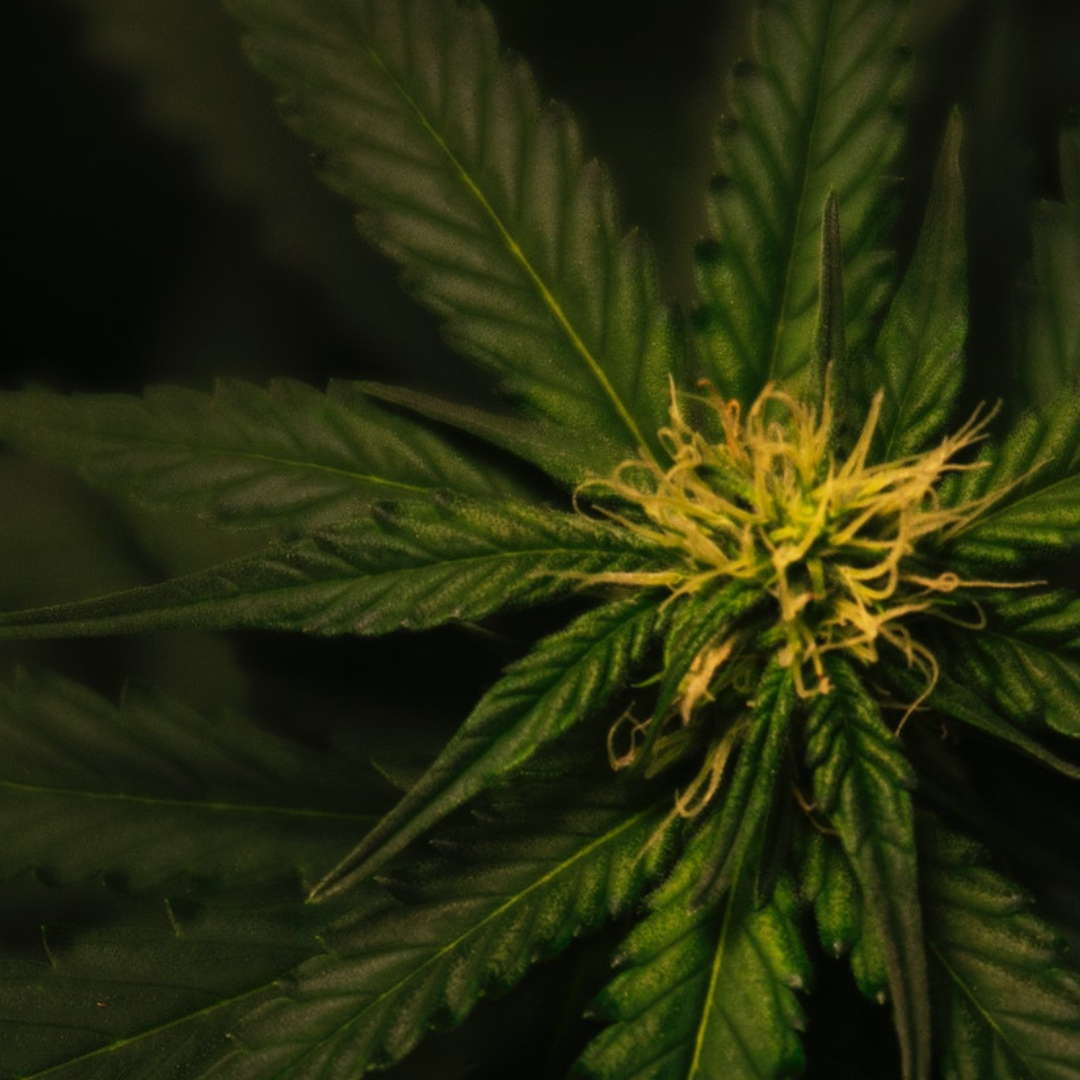As our plant medicine industry expands here in Australia, so too do the options that Patients have in the types of medicine they can choose from, each with their own distinct characteristics and benefits.
While we know flower is leading the charge in demand, we’re seeing more discussion and brand offerings of resin, rosin and distillates – but what do they all refer to, and how do they reach their finished form?
Resin
Simply put, resin is a substance (with a sticky texture like tree sap) that this specific plant produces naturally, which contains all of the various compounds found in the plant, including THC, CBD, terpenes and more. Resin is located on the outer layer of the flowers as well as its leaves within its trichomes (the resin glands of the plant) – you can think of resin as essentially a full-spectrum “concentrate” as it’s a more potent form of its extracts.
Resin products can be extracted in two ways, solvent-based, where a solvent like CO2 or ethanol is utilised to wash the plant material and extract the key compounds, then the solvent is evaporated which leaves you with the concentrated resin form.
Solvent-free extraction applies both heat and pressure to the flower, essentially “squeezing” out the sticky substance, a solvent-free extraction method that allows the resulting finished product to retain that high percentage of cannabinoids, terpenes and wider compounds.
Producers can also use ice water extraction where the resin-filled trichomes are separated from the rest of the plant and then further processed and refined before the finished product reaches the Patient.
Here in Australia, you’re likely to see pressed resin available as prescription products most commonly as we’re just seeing more TGA-approved finished products hit the market. These can range from a light golden brown to deeper shades which are dried and pressed into a convenient solid form (think of very concentrated and compressed brown sugar for an idea of texture).
Rosin
Now, here’s where it gets a little more complicated – rosin refers to the specific type of extract produced through solvent-free extraction (as discussed above). Rosin contains all the same properties as resin but is exclusively produced through heat and pressure squeezing out and collecting the resin extract through a rosin press (specialised heated plates).
Rosin can come in lots of forms like the sticky sap, butter or “budder” or more crumbly, dry textures, or even in cartridges for vaporising (some of which are already available here in the plant medicine market).
There is a general attitude towards rosin that it preserves more of the natural plant properties, but there’s no real reason to avoid one or the other, as all medicinal plant products in Australia are thoroughly regulated and quality-controlled, so it all comes down to Patient preference and product efficacy, which varies from person to person.
It’s Alive! (Or Is it?)
You may have also come across the term “live” in reference to rosin or resin products, but what does this actually translate to?
Live resin utilises flash-frozen plant flower, with the freezing process having preserved the natural terpene profile of the plant and tend to hold on to even more of the therapeutic compounds and aromas.
Live rosin combines the extraction method used for live resin as well as the standard rosin extraction method, getting the benefits of both the flash-frozen flower and the heat and pressure extraction, which comes together to create a potent full-spectrum product.
Distillates
Flower distillate is a very refined form of the flower extracts, created through a multi-step molecular distillation process where the specific cannabinoid compounds within are isolated and further purified. It’s an extraction process that isolates the specific THC or CBD compounds required for the formula, leaving everything else out.
Post-distillation, you’re left with a clear, scent-free liquid with the majority of the original plant material removed – this resulting product is used across a range of products today, and prominently featured in vape cartridge form.
In other distillate products, a different process called fractional distillation is used to break up the plant into all of its individual compounds and then re-introduce (in a bespoke way) the exact terpenes, cannabinoids and flavonoids needed for the desired therapeutic effect, so it’s something of a middle-ground between a full-spectrum product and a distillate.
There’s no “better” or “worse” product when it comes to choosing between resin, rosin or distillates – it all comes down to personal preference in alignment with your prescribing Doctor’s guidance and recommendations. Most importantly, every new TGA-approved product to hit the medicinal market means more options for you, the Patient.

